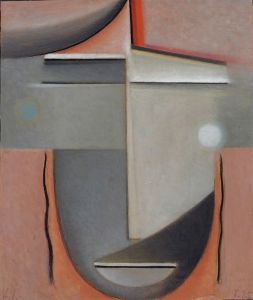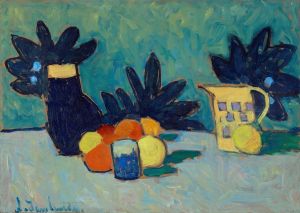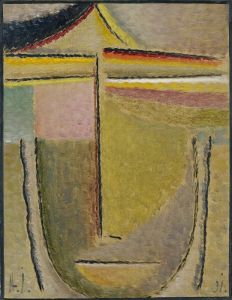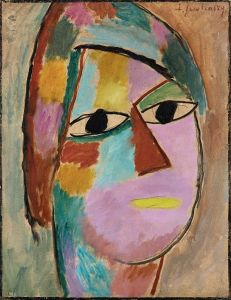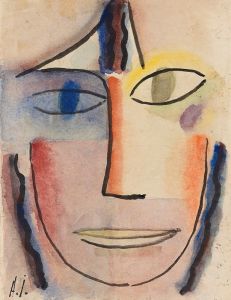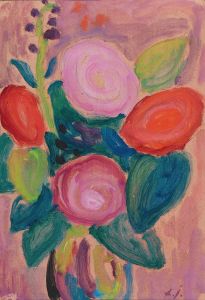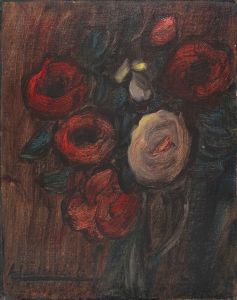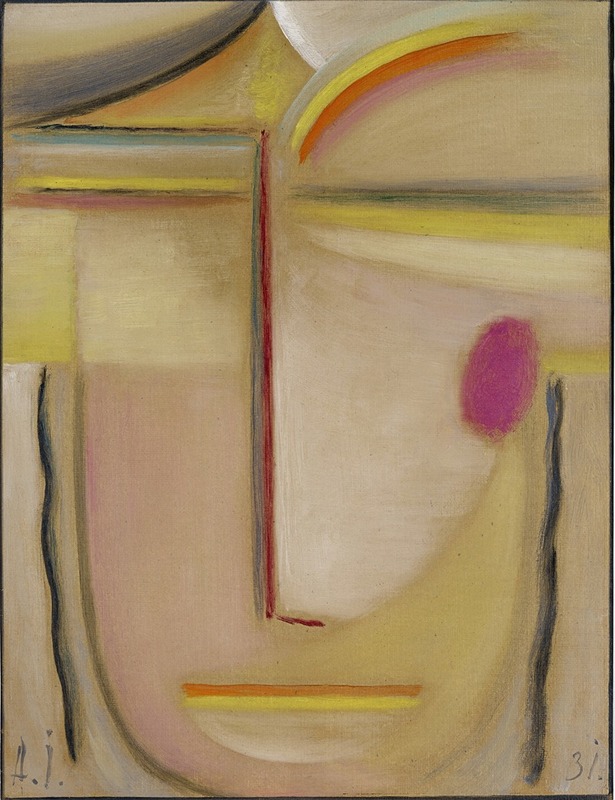
Abstract Head,Gold and Pink
A hand-painted replica of Alexej von Jawlensky’s masterpiece Abstract Head,Gold and Pink, meticulously crafted by professional artists to capture the true essence of the original. Each piece is created with museum-quality canvas and rare mineral pigments, carefully painted by experienced artists with delicate brushstrokes and rich, layered colors to perfectly recreate the texture of the original artwork. Unlike machine-printed reproductions, this hand-painted version brings the painting to life, infused with the artist’s emotions and skill in every stroke. Whether for personal collection or home decoration, it instantly elevates the artistic atmosphere of any space.
Alexej von Jawlensky was a Russian expressionist painter, known for his vivid use of color and bold, abstract forms. One of his notable works is "Abstract Head, Gold and Pink," which exemplifies his mature style developed during the later years of his career. Jawlensky was part of the expressionist movement that sought to convey emotional experiences rather than physical reality, and his work often focused on the human face as a means of exploring spiritual and emotional depth.
"Abstract Head, Gold and Pink" is part of Jawlensky's series of abstract heads, which he began developing in the 1910s and continued to refine throughout his life. These works are characterized by their simplified forms and vibrant colors, which aim to transcend the literal depiction of the human face and instead capture an inner essence or spiritual quality. The series reflects Jawlensky's interest in the spiritual and the metaphysical, influenced by his study of Eastern philosophies and his personal quest for spiritual enlightenment.
The painting "Abstract Head, Gold and Pink" features a stylized human face, reduced to its essential forms and rendered in a palette dominated by gold and pink hues. The use of color is particularly significant in Jawlensky's work, as he believed that colors could evoke specific emotions and spiritual states. The gold in the painting may suggest a sense of divinity or transcendence, while the pink could convey warmth and compassion. The interplay of these colors, along with the simplified geometric forms, creates a harmonious and meditative composition.
Jawlensky's abstract heads are often seen as a synthesis of his artistic influences and personal beliefs. He was associated with the Blue Rider group, which included artists like Wassily Kandinsky and Franz Marc, who shared an interest in the spiritual dimensions of art. Jawlensky's work also shows the influence of Russian icon painting, with its emphasis on the spiritual significance of the human face and the use of bold, expressive colors.
Throughout his career, Jawlensky faced numerous challenges, including the upheavals of World War I and the rise of the Nazi regime in Germany, which labeled his work as "degenerate art." Despite these difficulties, he continued to develop his unique artistic vision, focusing increasingly on the abstract heads series in his later years. These works are now considered some of his most significant contributions to modern art.
"Abstract Head, Gold and Pink" is a testament to Jawlensky's ability to convey profound spiritual and emotional depth through abstraction. The painting invites viewers to look beyond the surface and engage with the deeper meanings suggested by its colors and forms. Today, Jawlensky's work is celebrated for its innovative approach to portraiture and its exploration of the spiritual potential of art. His abstract heads, including "Abstract Head, Gold and Pink," continue to be studied and admired for their unique blend of expressionism, abstraction, and spiritual inquiry.





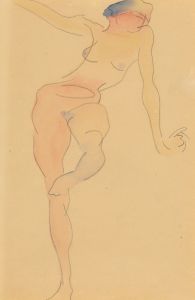
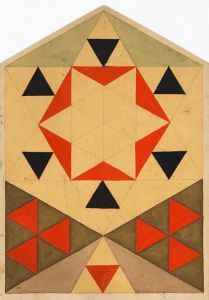
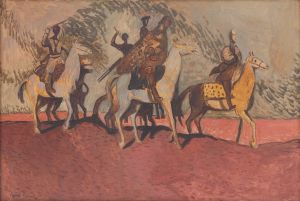

![Graphic design drawings for Barricini Candy packages.] [Study, ‘French Chocolates’ candy box, pink and black](/imgs/249347/s/winold-reiss-graphic-design-drawings-for-barricini-candy-packages-study-french-chocolates-candy-box-pink-and-black-5b35608f.jpg)


